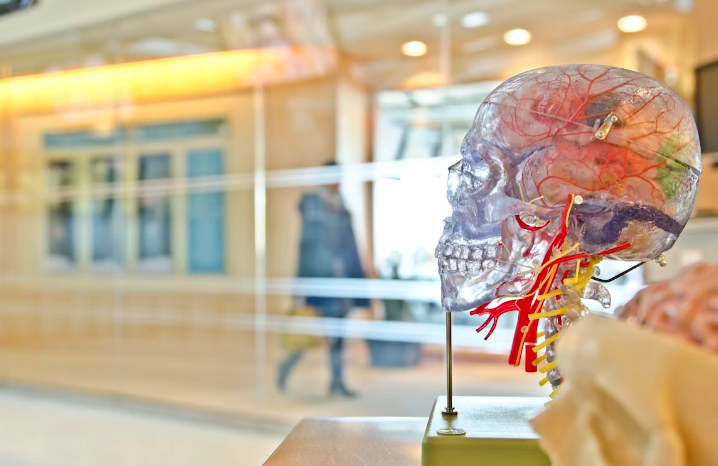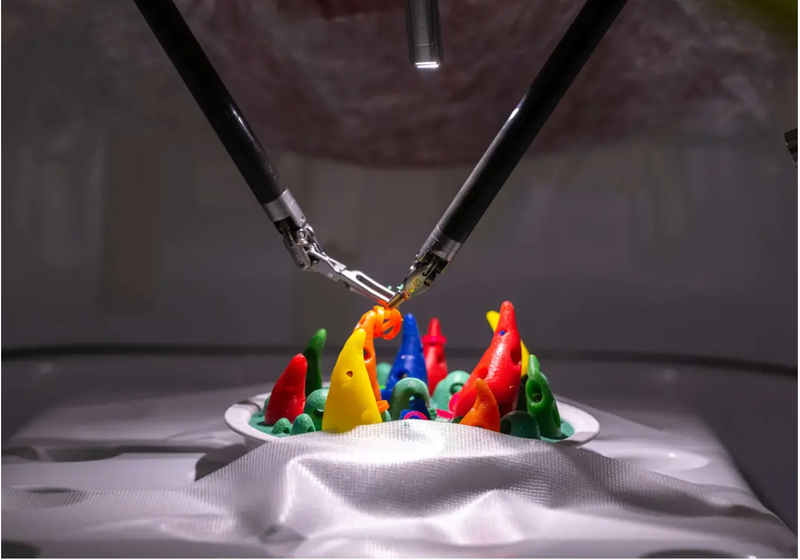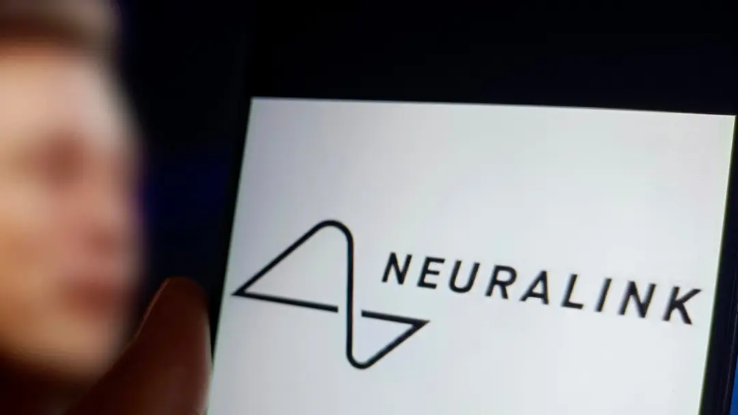Study: AI Allows Paralyzed Woman to 'Speak' Again
According to a study published in the journal Nature on Wednesday, a severely paralyzed woman has been able to speak through a digital avatar using a brain-computer interface.

Facts
- According to a study published in the journal Nature on Wednesday, a severely paralyzed woman has been able to speak through a digital avatar using a brain-computer interface.1
- The woman, Ann Johnson, 48, suffered a brainstem stroke when she was 30, leaving her severely paralyzed and unable to speak.2
- A team of researchers at UC San Francisco and UC Berkeley implanted a paper-thin rectangle of 253 electrodes over the region of Ann's brain critical for speech. They then connected the electrodes to computers via a cable.3
- After implantation, Ann trained the system's AI algorithm to detect her brain signals for at least 39 speech sounds. A ChatGPT-style language model was then used to translate the signals into sentences.4
- The team then created a digital avatar that used a synthesized version of her voice before the injury to speak her audible words. It even allowed Ann to express emotions including happiness, sadness, and surprise.5
- While the technology helped Ann speak again, it decoded words incorrectly 28% of the time in a test run involving more than 500 phrases. Additionally, it generated brain-to-text at 78 words per minute, lower than the natural speech rate between 110 and 150 words.4
Sources: 1Nature, 2NBC, 3Neuroscience News, 4The Guardian, and 5The Telegraph.
Narratives
- Narrative A, as provided by BBC News. Artificial intelligence helping two paralyzed people communicate audibly in close to real-time is nothing short of a miracle. Although it's a scientific proof of concept, turning the technology into a wireless medical device can bring us much closer to making AI a natural solution for paralyzed patients to speak and express clearly.
- Narrative B, as provided by Firstpost. Experiments that use electrodes to read brain signals date back to the late 1990s, but the research and its implementation in everyday life have yet to make strides. As a crucial next step is to create the brain-computer interface's wireless version that would most likely be implanted beneath the skull — potentially raising privacy issues — it's too early to imagine a future where we could restore fluent and accurate conversation to paralyzed people.






